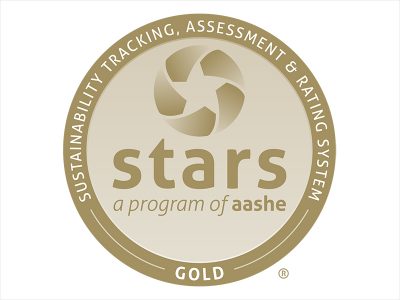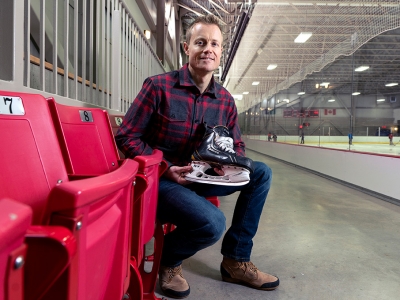By Lesley Barry
Photos by Chris Roussakis
You could say that real estate developers are project managers par excellence.
Certainly they are entrepreneurs and risk-takers whose massive projects generate jobs and investment, and whose decisions shape the city, including the homes and workplaces where we spend our lives.
Yet even in this age of increasing professionalization, most developers, who come from any number of backgrounds, still learn by doing. Few development-specific educational programs exist in Canada—which may be why a new collaboration at Carleton University between the Sprott School of Business and the Azrieli School of Architecture and Urbanism is proving so popular.
The Certificate in Real Estate Development, a 12-day part-time professional development program that unfolds in four modules over five months, launches this October and enrolment has been brisk.
“We may need a wait list,” reports Calvin Tong, director of Sprott Professional Programs. “We’ve had a lot of registrations from the Greater Toronto Area and other regions outside our usual catchment area, which is interesting. I think this speaks to our recognizing an underserviced need and then creating a fairly unique, quality program in response.”
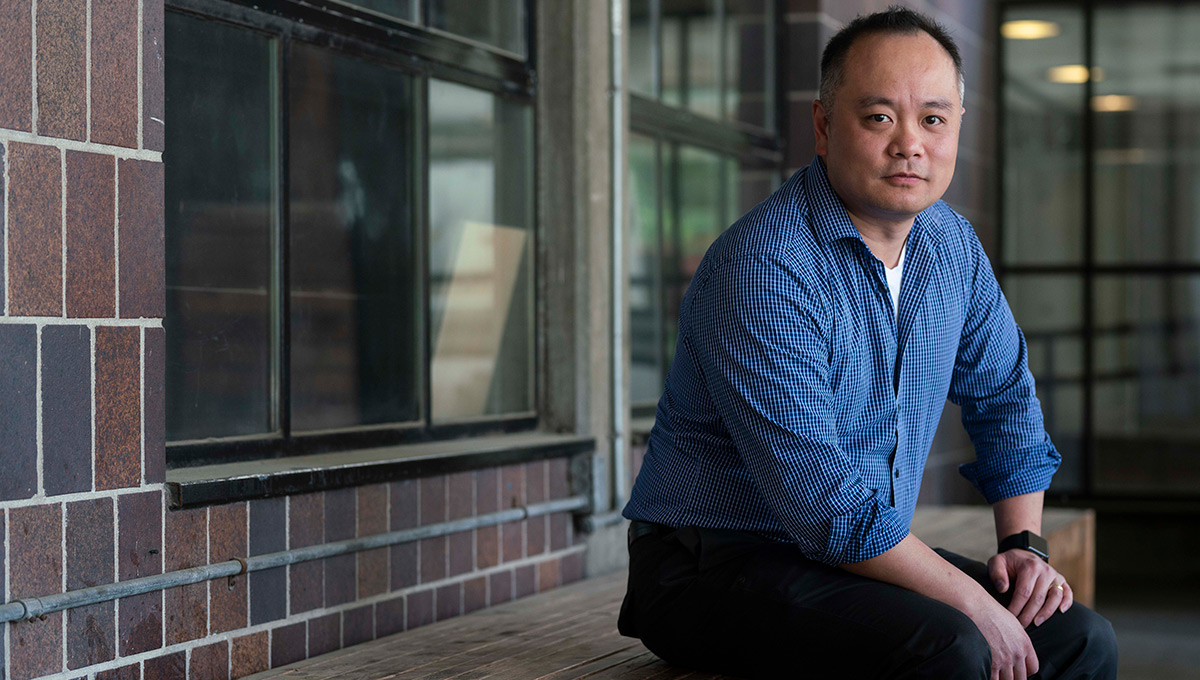
Calvin Tong
“Real estate development is an area of expertise that is not well served by traditional degree programs,” explains Architecture Prof. Benjamin Gianni, who is helping co-ordinate the new program.
“This is largely because land development is so varied and involves so many different disciplines.”
The range of people who play a role in development is impressively wide, from investors, lawyers and bankers to city planners, architects and engineers—not to mention surveyors, contractors, sales and marketing specialists, leasing agents and property managers.
Many of these groups are represented in the new program by industry leaders, who make up the majority of the program’s numerous instructors and guest speakers.
“The students interested in our program will likely have been trained in one area but not in others,” says Gianni. “Exposing them to all of these areas of expertise within the same curriculum so they can understand what the various roles and responsibilities are and how they all fit together, is a really unique proposition.
“We did a lot of thinking about who were the most qualified people in Ottawa to deal with each of the topic areas,” Gianni adds. “We tapped the best of local expertise and also invited some of the top professionals from across Canada to contribute.”
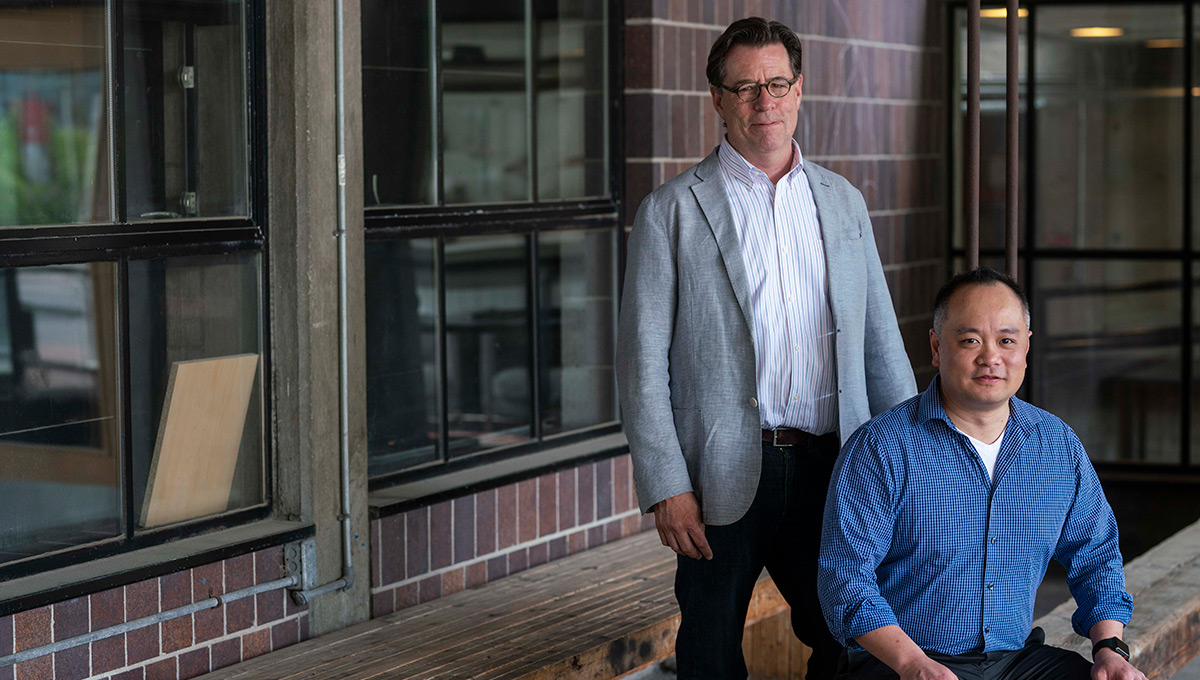
A Grounded, Holistic Approach
A working group comprising faculty members, developers and other real estate professionals created the curriculum, but its content is evergreen and responsive. “We’ll continue to hone it probably right up to the October launch, and then after we deliver the first round of coursework, it will evolve to reflect market and industry changes, as well as our understanding of what is relevant and what participants need.”
Gianni is particularly excited about what he calls the program’s holistic approach.
“The challenge for us was to design a program that is extremely grounded and practical while also exploring how private land development contributes to the community as a whole. This goes to the larger question of city building: how do individual projects work together to create a cohesive built environment?”
Spoiler alert for prospective participants: design thinking — a term describing an iterative process that combines analysis and creativity and is a bit of a buzzword in the business world — will play a role.
“The way we do things in architecture and in design is becoming more of a paradigm in education generally,” Gianni reflects. “It’s project-based and iterative, and it’s collaborative. A colleague at the school says that architects are skilled not only at problem solving, but at problem setting.
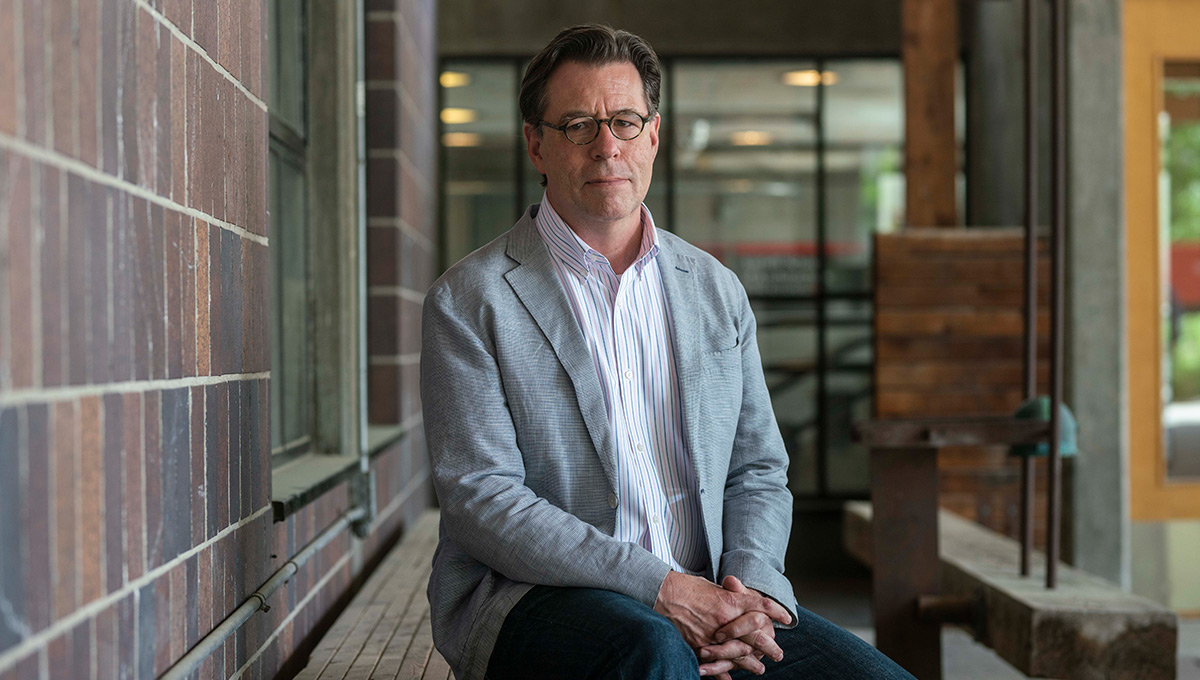
Prof. Benjamin Gianni
“Architects take discussions with different client groups, translate these into sets of needs, then check these against space requirements, costs and so on. Design thinking is not only about proposing solutions, but about ways of defining the problem to be able to assess it from a range of different angles and time frames.”
By way of example, Gianni describes a consultation with a local developer.
“After looking at the land acquisition costs, he determined that he needed to achieve a floor area ratio of 2.0 for the project to be viable, and he was looking for the most expedient way to achieve this.”
A ratio of 2.0 means that the amount of built space is double the buildable area of the site; for example, a two-storey building over the whole site, a four-storey building over half the site, or an eight-storey building over a quarter of the site.
“My response was, well, we also need to explore what the site can support, what’s compatible with the community, what you will likely be allowed to build, and what you’ll be able to sell.
“A give-and-take needs to happen in the context of the range of issues at play, and that’s design thinking as well. It’s looking at the project holistically. We promote the so-called triple bottom line, i.e., the need for all projects to be sustainable from environmental, economic and social perspectives. While economic viability is a given for the developer/risk-taker, it’s the beginning of a much broader discussion involving a wider range of issues and stakeholders. These conversations are especially important when developing land in or near the urban core.”
However, conversations like this are increasingly rare, and in many cases the key decisions that determine the shape of a building, what goes where and what form it will take, have been made long before the project lands on an architect’s desk.
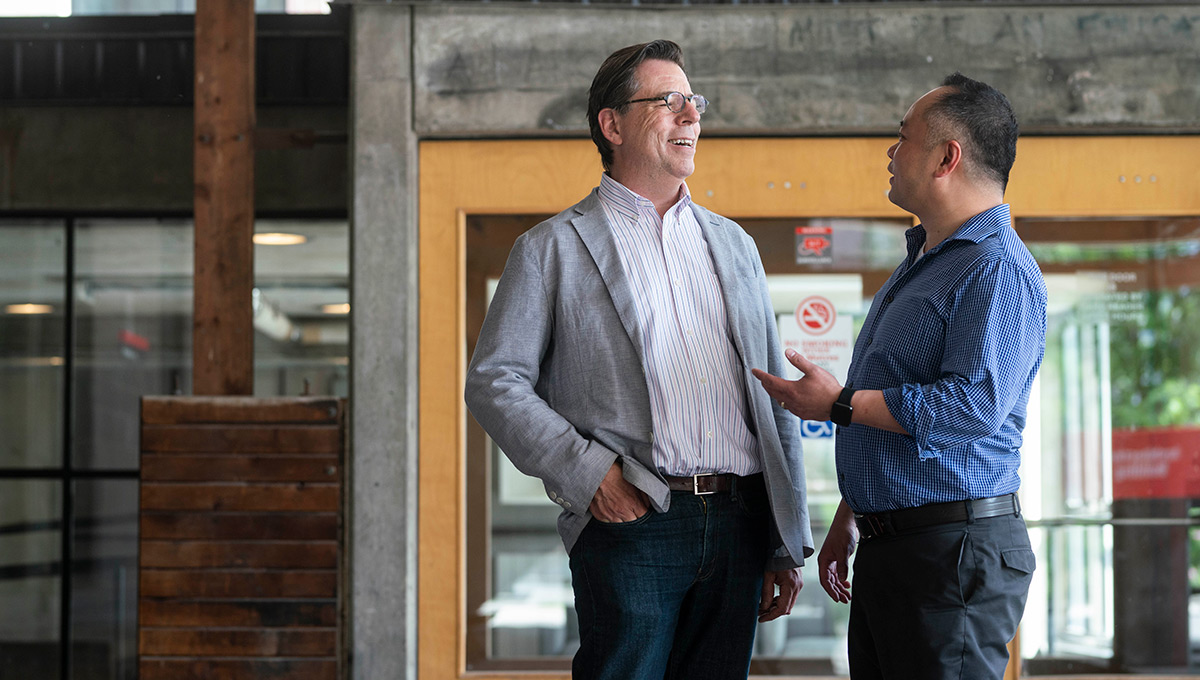
Helping Architectural Students Understand How Developers Think
The School of Architecture’s strong engagement with the city’s development community came about in part to address this situation and help architectural students understand how developers think.
In the fourth-year housing studio, students work with some of the major developers in Ottawa to set targets for residential and commercial units in areas of the city that are likely to redevelop in the near future. The students visualize how those targets translate into built form, create scenarios around how the forms interact with the surrounding neighbourhood and then solicit feedback from the community.
“In Ottawa, the planning approval process is confidential until the development application is actually filed, at which point community consultation is tightly circumscribed by provincial policies,” says Gianni.
“Generally, huge amounts of money are put in upfront such that, by the time the application goes in, the developer has pretty much made up his or her mind about what is going to happen. As a result, communities feel blindsided and the relationship becomes confrontational.
“We realized that the school can make a great contribution to this process,” he continues. “By getting involved early on, students can develop proposals that developers can review and discuss along with community members. All of the parties get to know each other and talk through issues long before a formal development proposal is filed.”
More conversations with the developers followed, focusing on what role the school could play to promote better design in the built environment and encourage a stronger awareness among all parties of the importance of city building. The discussions expanded to include the Sprott School of Business and the certificate program was born.
For Tong, the advantages of the new program are obvious.
“In today’s workplace, you need to continually upskill and this program is a great way to do that because it’s quick, it’s relevant, it helps participants build new networks and partnerships, and it’s aligned with the needs expressed by the business community.”
But he, too, sees that it’s not just participants who will benefit.
“Our interdisciplinary and design thinking approach makes our Certificate in Real Estate Development truly a unique program and it will have a significant and tangible impact on our community,” Tong predicts.
“We are going to have a lasting effect, not only by building future leaders in real estate development in Ottawa and in the province, but by contributing to how our cityscape evolves for years to come.”
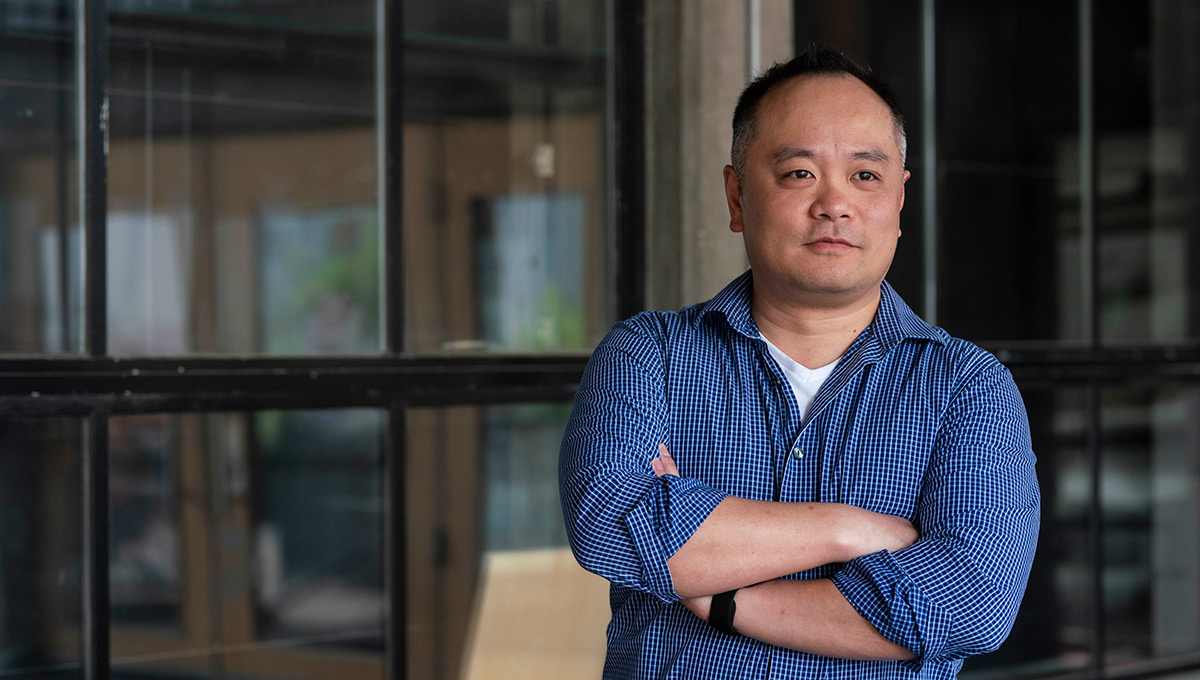
Monday, August 19, 2019 in Faculty of Engineering and Design, Sprott School of Business
Share: Twitter, Facebook
